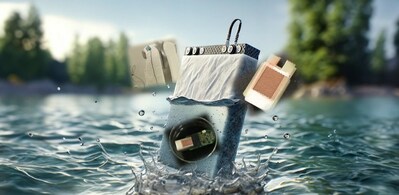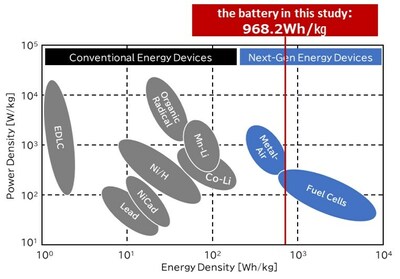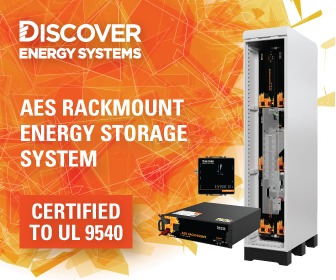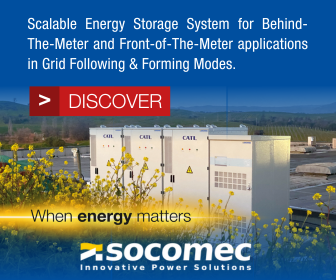Pioneering Next-Generation Energy Devices with Environmentally Friendly "Metal-Air Paper Battery" Developed by AZUL Energy
AZUL Energy proudly announces the development of a high-performance Magnesium-Air battery that is paper-based and activated by water.
A research group, led by AZUL Energy Inc. (Sendai, JP), Professor Hiroshi Yabu from the Advanced Institute for Materials Research at Tohoku University, Senior Researcher Shinpei Ono from the Central Research Institute of Electric Power Industry, and Amphico Ltd (London, UK), has developed a next-generation energy storage device made from a safe, rare-metal-free AZUL catalyst and sustainable resources, including paper, magnesium, and carbon.
A significant breakthrough in energy storage technology, this battery generates electricity when immersed in neutral electrolytes like saline water, making it suitable for emergency power supplies and wearable devices. It achieves a voltage of 1.8V, an output exceeding 100mW/cm2, and a high capacity of 968.2Wh/kg.
Background:
Conventional batteries use rare metals with limited reserves and high environmental impacts through mining, toxic heavy metals, and plastics. This research aimed to develop a sustainable and effective alternative in response to the growing demand for high-performance and environmentally friendly energy storage and usage.
Achievements:
Although other "Metal-Air Paper Batteries" have previously been developed, they provided insufficient voltage and output, making them impractical.
In this study, the Magnesium-Air Battery provided a voltage of 1.8V, an output exceeding 100mW/cm2, and a high capacity of 968.2Wh/kg, representing a remarkable achievement. It was made using abundant and environmentally friendly materials, including magnesium, paper, and carbon, and a safe, rare-metal-free AZUL catalyst.
Future developments:
Since our inception, AZUL Energy has focused on developing Metal-Air Batteries as next-generation energy devices. We have been working on enhancing their performance with our proprietary AZUL catalyst technology and have already improved the output and capacity of primary batteries. We are now entering the implementation phase for small primary batteries for sensors, hearing aids, drones, and more.
AZUL delivers excellent catalytic performance as a substitute for rare metals and is made from an environmentally safe blue metal complex pigment and carbon. It can fulfill various energy needs and is suitable for multiple applications, from small wearable devices to large batteries.
We continue to work on the charge-discharge compatibility and secondary battery conversion of Metal-Air Batteries, helping to foster a prosperous and sustainable society by introducing them into various applications.
Acknowledgments:
Part of this research was supported by New Energy and Industrial Technology Development Organization (NEDO) International Co-Funding Program (JPNP14005).
AZUL Energy |www.azul-energy.co.jp/en/













